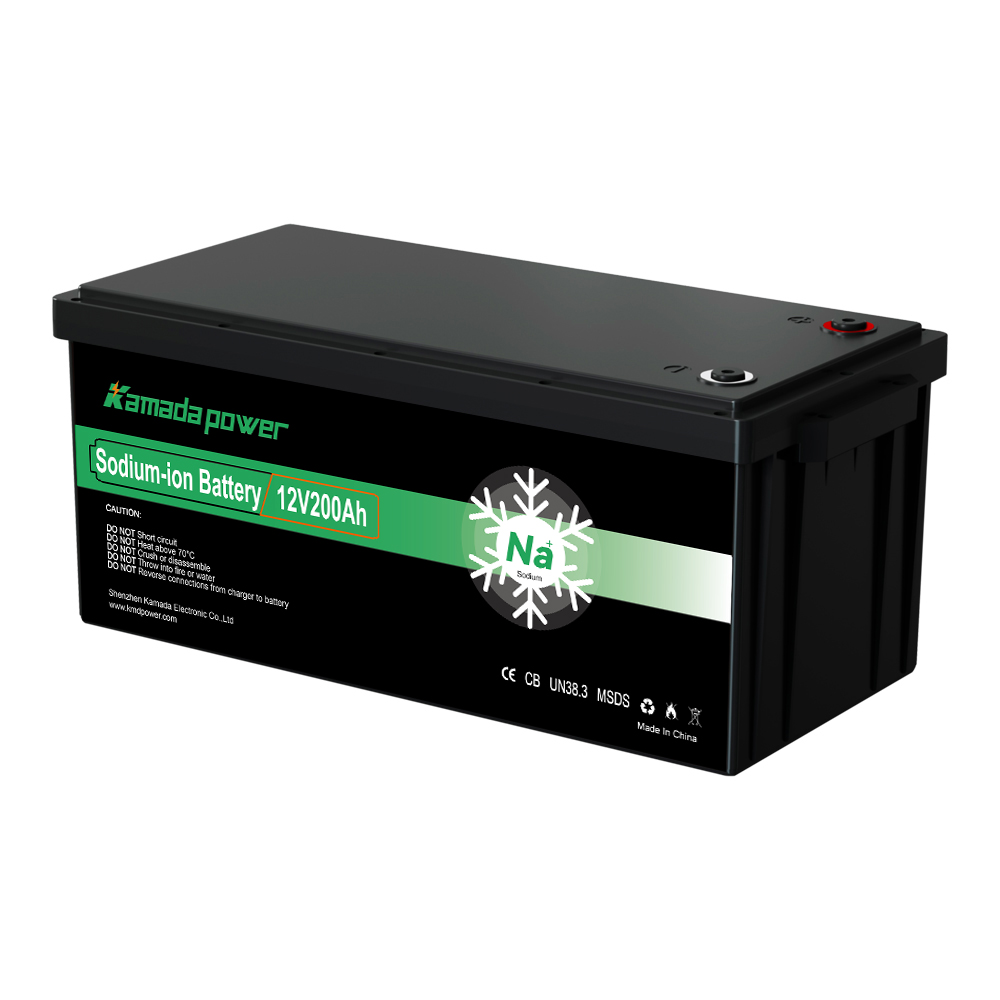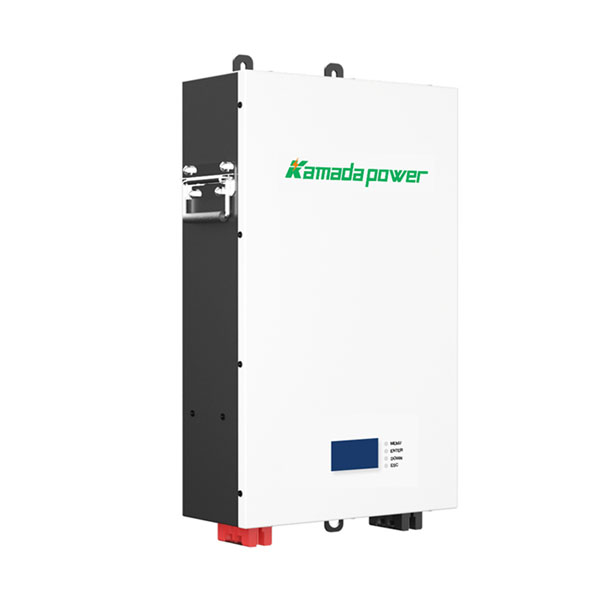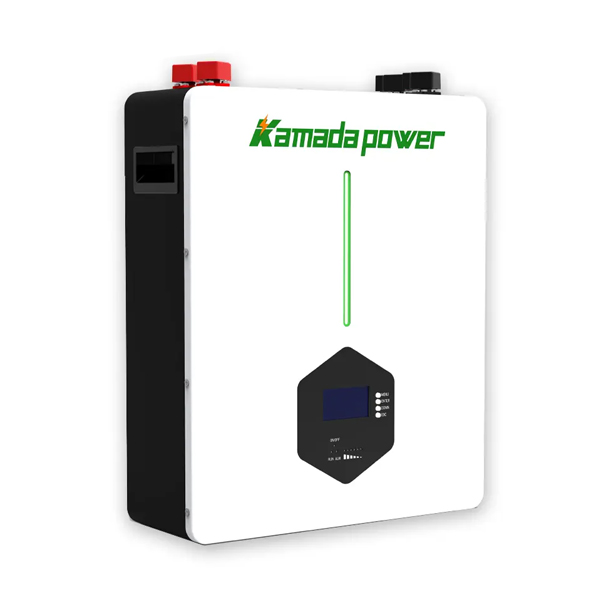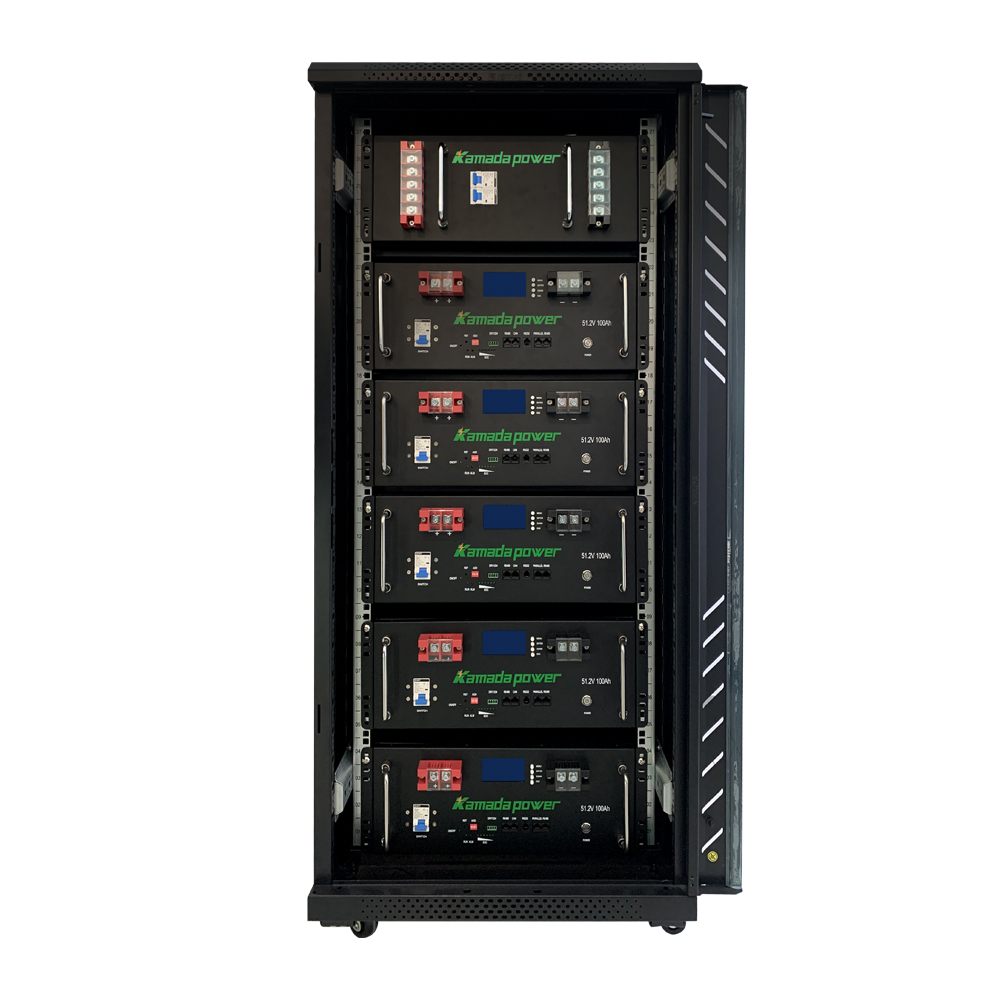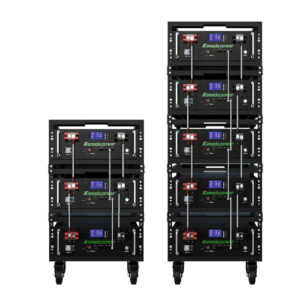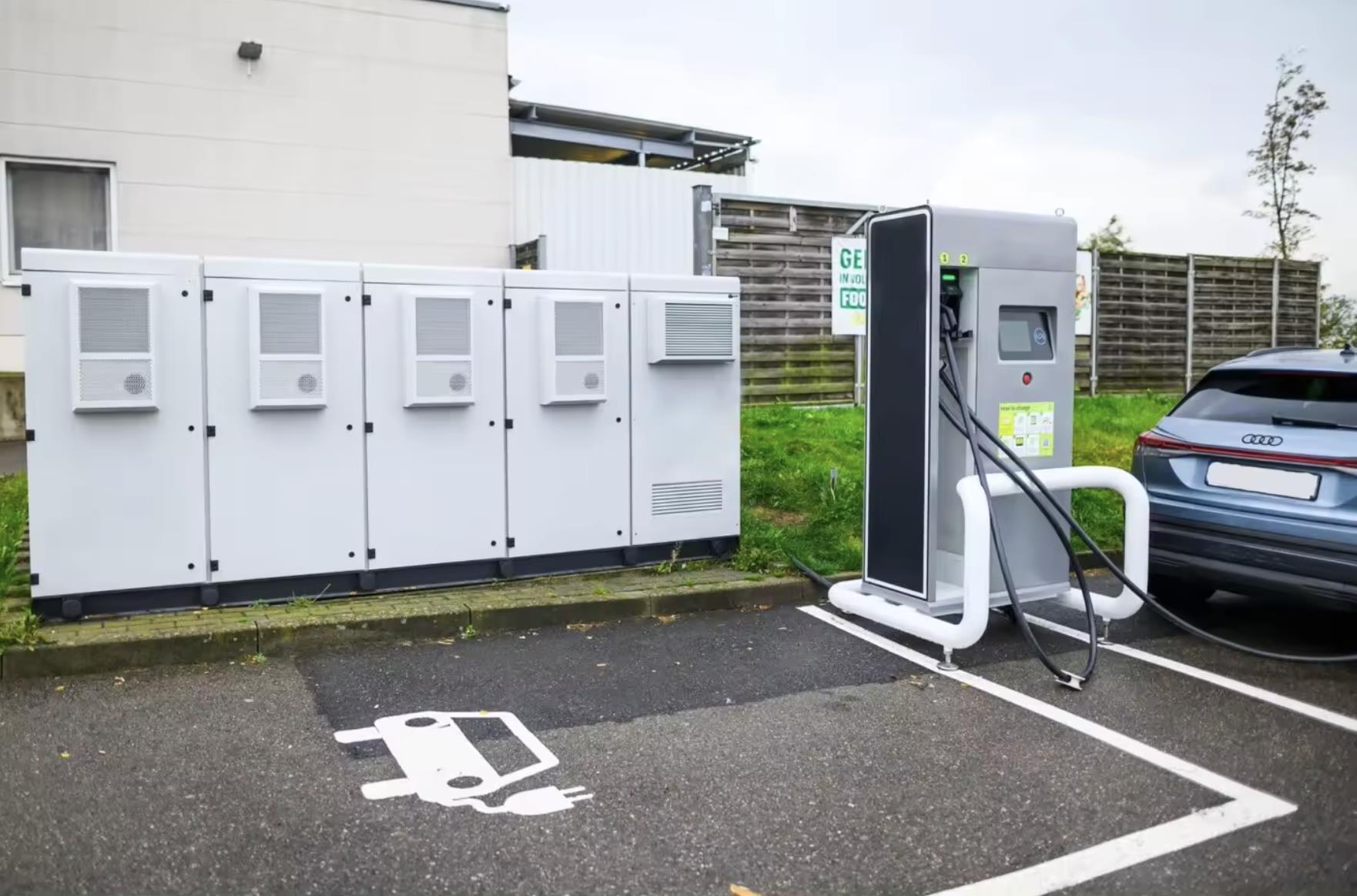مقدمة
سواء كنت موزع البطاريات البحرية أو مالك قارب يساعد الآخرين على اختيار الطاقة المناسبة، هناك شيء واحد واضح: بطارية السيارة لا تصلح للقيادة على الماء. بالتأكيد، قد تبدو متشابهة للوهلة الأولى - ولكن تحت غطاء المحرك، تم تصميم هذين النوعين من البطاريات لمهام مختلفة جداً. إن اختيار النوع الخاطئ قد يتركك عالقاً أو محبطاً أو أسوأ من ذلك.
في هذا الدليل، سنفصل في هذا الدليل الاختلافات الرئيسية بين البطاريات البحرية وبطاريات السيارات - ما الذي يجعل كل واحدة منها فريدة من نوعها، وأين يمكن (ولا يمكن) استخدامها، وكيفية شرح هذه التفاصيل بوضوح لعملائك. بدءًا من المقارنات جنبًا إلى جنب إلى سيناريوهات الاستخدام ونصائح الخبراء، هذه هي ورقة الغش النهائية لأي شخص في مجال الطاقة البحرية.
ما هي البطارية البحرية؟
صُممت البطاريات البحرية لتلبية متطلبات الطاقة الفريدة للقوارب - على مدار الساعة. في حين أن بطاريات السيارات مصممة لتزويدك بهزة سريعة من الطاقة لتشغيل المحرك، فإن البطاريات البحرية متعددة المهام: فهي تشغل المحرك و تشغيل الإلكترونيات، والإضاءة، وأجهزة البحث عن الأسماك، ومحركات التصيّد، وغير ذلك - وغالباً ما يكون ذلك كله في نفس الوقت.
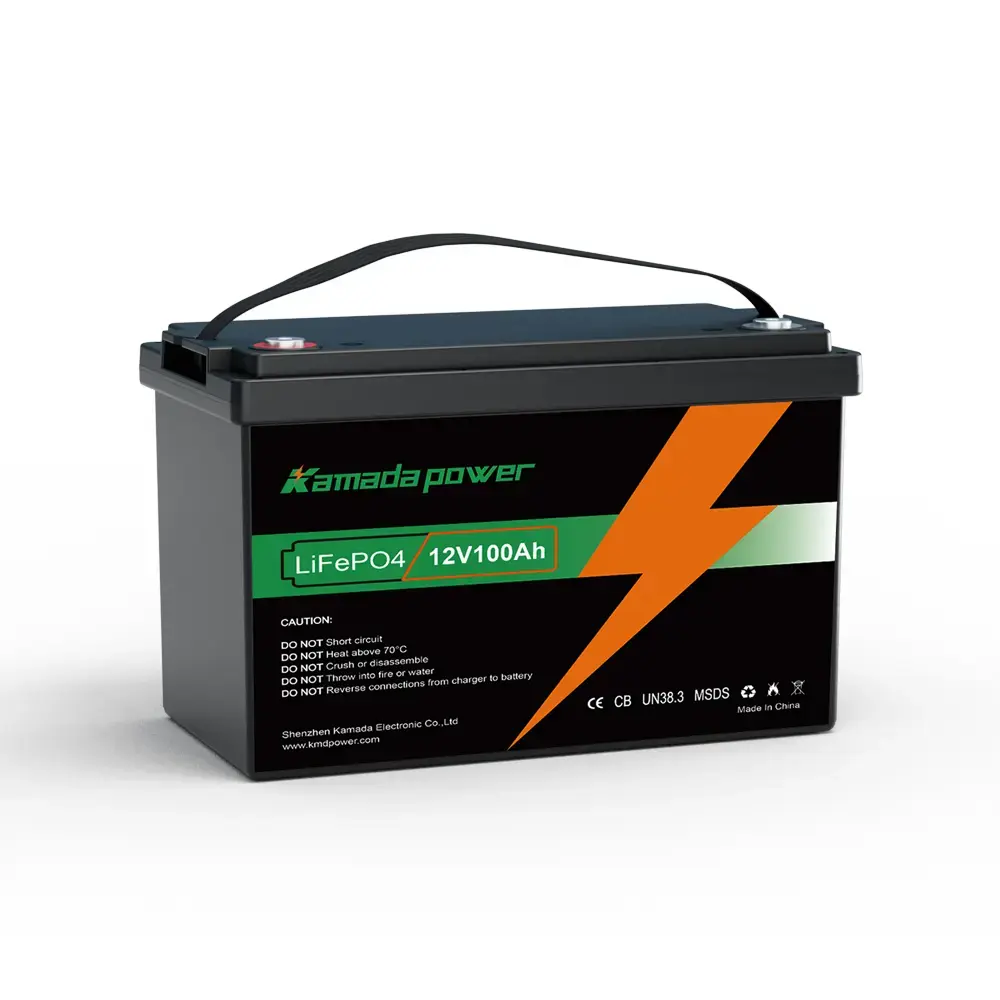
الأدوار الرئيسية للبطاريات البحرية:
- بطاريات بدء التشغيل: تقديم دفعات قصيرة وقوية لبدء تشغيل المحرك.
- بطاريات الدورة العميقة: توفير طاقة مستدامة لفترات أطول - مثالية لمحركات التصيد والأنظمة الموجودة على متن الطائرة.
- البطاريات ثنائية الغرض: حل هجين يتعامل مع كل من بدء التشغيل والتدوير، مع مفاضلة في كل مجال.
بُنيت من أجل الماء:
البطاريات البحرية متينة. فهي تتميز بألواح داخلية أكثر سمكاً ومقاومة أقوى للاهتزازات ومقاومة للرطوبة والملح، وهي مثالية للبيئات البحرية القاسية حيث المتانة غير قابلة للتفاوض.
الفرق بين البطارية البحرية وبطارية السيارة
| الميزة | البطارية البحرية | بطارية السيارة |
|---|---|---|
| الوظيفة الأساسية | بدء تشغيل المحرك + الطاقة الإضافية | تشغيل المحرك فقط |
| تصميم اللوحة | ألواح أكثر سماكة للتفريغات العميقة | ألواح رقيقة لرشقات CCA العالية |
| الغلاف | مقوّى، مقاوم للاهتزازات/الرطوبة | خفيفة الوزن وأقل قدر من الحماية |
| تحمّل البيئة | مصمم للماء والملح والصدمات | مصممة لظروف الطرق الجافة والمستقرة |
| السعة الاحتياطية | أعلى-مثالي لتشغيل أنظمة متعددة | أقل تركيزاً على البدايات السريعة |
| تعدد الاستخدامات | تشغل المحرك والإلكترونيات معاً | يقتصر على تدوير المحرك |
خلاصة القول: البطاريات البحرية مصممة لتعدد الاستخدامات والعقاب. بطاريات السيارات هي بطاريات ذات خدعة واحدة - رائعة في تشغيل المحركات، ولكن هذا هو المكان الذي ينتهي فيه الأمر.
البطارية البحرية مقابل بطارية السيارة: مواجهة الأداء
أمبير التدوير البارد (CCA)
غالباً ما تتمتع بطاريات السيارات بتصنيف CCA أعلى لأنها مصممة لبدء التشغيل على البارد. توفر بطاريات بدء التشغيل البحرية CCA قوية أيضاً - لكنها مصممة بشكل أقوى للظروف الرطبة والقاسية.
تحمّل الدورة العميقة
تم تصميم البطاريات البحرية ذات الدورة العميقة ليتم تفريغها إلى سعة 50-80% بشكل متكرر. لا تحب بطاريات السيارات النزول إلى أقل من 80% - فهي تتحلل بسرعة عند استخدامها خارج تطبيقات بدء التشغيل.
أوقات إعادة الشحن
بطاريات الليثيوم البحرية تشحن أسرع من بطاريات السيارات التقليدية. كما توفر البطاريات البحرية من النوع AGM أوقات إعادة شحن أسرع من بطاريات السيارات العادية المغمورة بحمض الرصاص.
العمر الافتراضي
- البطاريات البحرية: تدوم عادةً من 3 إلى 5 سنوات؛ ويمكن أن تدوم أنواع الليثيوم من 8 إلى 10 سنوات.
- بطاريات السيارات: تدوم حوالي 3-7 سنوات حسب الاستخدام والظروف.
هل يمكنك استخدام بطارية سيارة في قارب؟
تقنياً؟ في بعض الأحيان. لكن عملياً؟ إنها فكرة سيئة.
مخاطر استخدام بطارية السيارة في القارب:
- ركوب الدراجات الهوائية القصيرة: لا يمكن لبطاريات السيارات التعامل مع عمليات سحب الطاقة الطويلة والثابتة.
- التآكل: تتسبب البيئات البحرية في تآكل البطاريات غير محكمة الإغلاق.
- الفشل المبكر: يمكن أن يؤدي الاهتزاز والإفراط في التفريغ إلى قتل بطاريات السيارة بسرعة.
استخدام الطوارئ؟
قد تتمكن من استخدام بطارية سيارة لـ ابدأ قارب عند الضرورة - ولكن لا تتوقع أن تدوم طويلاً، ولا تعتمد عليها لتشغيل محركات التصيد أو الإلكترونيات. إنه حل مؤقت في أفضل الأحوال.
هل يمكنك استخدام بطارية بحرية في السيارة؟
من الناحية الفنية، نعم - خاصة إذا كانت بطارية بحرية ثنائية الغرض.
المزايا:
- متانة عالية للأراضي الوعرة.
- يمكن تشغيل المحرك وتشغيل الأجهزة الإلكترونية على متن الطائرة.
- مفيدة في المركبات الترفيهية أو المقطورات أو المركبات على الطرق الوعرة.
العيوب:
- أثقل من بطاريات السيارات - يضيف وزناً غير ضروري.
- بصمة أكبر-قد لا تتناسب مع صواني بطاريات السيارات.
- أكثر تكلفة—overkill for standard car needs.
باختصار: تعتبر البطاريات البحرية منطقية في المركبات خارج الشبكة أو المركبات الخدمية - ولكن ليس في سيارة الركاب اليومية.
لماذا تُصنع البطاريات البحرية بشكل مختلف
لا تتعلق البطاريات البحرية بالمتانة فحسب، بل بالمرونة والسلامة أيضاً.
الميزات الرئيسية:
- ألواح الرصاص السميكة = تحمل أفضل للتفريغ العميق.
- خيارات محكمة الغلق ولا تحتاج إلى صيانة = لا توجد فحوصات للسوائل أو انسكابات.
- تصميم داخلي مقاوم للاهتزازات = أعطال أقل في المياه الهائجة.
خيارات إعداد البطارية:
- بطارية واحدة ثنائية الغرض: يوفر في المساحة، ولكن أقل تكراراً.
- بطارية تشغيل + بطارية تصيّد منفصلة: يحسن موثوقية النظام.
- بطاريات منزلية + بطاريات محرك مخصصة: مثالية لليخوت وقوارب الصيد والإعدادات بعيدة المدى.
البطارية البحرية مقابل بطارية المقطورة: هل هما متماثلتان؟
ليس تماماً. إنهما متشابهتان في التصميم، ولكنهما مصممتان لوظائف مختلفة.
| الميزة | البطارية البحرية | بطارية عربة سكن متنقلة |
|---|---|---|
| ملف تعريف الطاقة | الأحمال الدورية (بدء التشغيل + الملحقات) | تفريغ ثابت وطويل الأمد |
| الحجم | أكثر إحكاماً لتناسب المساحات الضيقة | غالبًا ما تكون بنوك البطاريات الكبيرة |
| سرعة الشحن | الأسرع مع خيارات الليثيوم | تختلف؛ الأنواع المغمورة بالمياه هي الأبطأ |
أخبار جيدة؟ العديد من بطاريات كامادا باور ذات الدورة العميقة البحرية تعمل بشكل رائع في المقطورات - فقط تحقق مرة أخرى من الجهد الكهربائي ومعدل السعة الآلية والبصمة.
ما نوع البطارية البحرية؟
تنقسم البطاريات البحرية إلى ثلاثة أنواع وظيفية رئيسية:
- بدء تشغيل البطارية البحرية: CCA عالية لبدء تشغيل المحركات الخارجية/المحركات الداخلية.
- البطارية البحرية ذات الدورة العميقة: مصممة لعمليات سحب الطاقة الطويلة والمستمرة.
- بطارية بحرية ثنائية الغرض: يتعامل مع كليهما، ولكن مع بعض التنازلات.
المواصفات الرئيسية التي يجب معرفتها:
- أمبير-ساعة (آه): يقيس سعة البطارية-الأعلى يعني وقت تشغيل أطول.
- السعة الاحتياطية (RC): كم دقيقة يمكنها تشغيل حمولة 25 أمبير قبل أن تنخفض إلى أقل من 10.5 فولت.
كيمياء البطاريات البحرية: ما بداخلها مهم
تؤثر كيمياء البطارية على كل شيء - الأداء والتكلفة والصيانة.
حمض الرصاص
- مغمورة: مناسبة للميزانية ولكنها تتطلب صيانة منتظمة.
- اجتماع الجمعية العمومية: محكم الإغلاق، متين، مقاوم للاهتزازات بشكل أفضل، ولا يحتاج إلى صيانة.
الليثيوم (LiFePO₄):
- الأفضل في فئتها الأداء: من 2,000 إلى 5,000 دورة.
- خفيف الوزن ومدمجة.
- الشحن السريع، لا يوجد تأثير للذاكرة.
- تكلفة مقدمة أعلى، ولكن تكلفة أقل بكثير لكل دورة مع مرور الوقت.
توافق الشحن: شواحن البطاريات البحرية مقابل شواحن بطاريات السيارات
هل يمكنك شحن بطارية بحرية بشاحن سيارة - أو العكس؟
إجابة مختصرة: نعم, إذا تطابق الجهد والكيمياء.
أفضل الممارسات:
- استخدم شاحن ذكي التي يتم ضبطها تلقائياً لتتناسب مع مزيج AGM أو المغمورة أو الليثيوم.
- تجنب خلط أنواع البطاريات في النظام (على سبيل المثال، بطاريات AGM + ليثيوم).
- احترس من الشحن الزائد - فالبطاريات البحرية تكلفتها أعلى، كما أن تلف الجهد الزائد مكلف.
كيفية اختيار البطارية المناسبة لتطبيقك
اسأل نفسك (أو عميلك):
- أين سيتم استخدام البطارية؟ (المياه المالحة؟ درجات الحرارة القصوى؟)
- ما المدة اللازمة لتشغيله؟ (الرحلات القصيرة مقابل التصيد طوال اليوم)
- ما الذي يحتاج إلى الطاقة؟ (المحرك فقط؟ الإلكترونيات أيضاً؟)
نصيحة احترافية:
استخدم بطارية بدء التشغيل للمحرك، وبطارية ذات دورة عميقة للملحقات، أو بطارية ثنائية الغرض إذا كنت بحاجة إلى بطارية للتعامل مع الاثنين معاً.
صيانة البطارية ونصائح السلامة
للبطاريات البحرية:
- اشطف المحطات الطرفية بالماء العذب بعد كل رحلة.
- ضع رذاذ مضاد للتآكل أو شحم طرفي.
- حافظ على البطاريات مشحونة أثناء التخزين خارج الموسم.
بالنسبة لبطاريات السيارات:
- افحص التآكل أو التورم بانتظام.
- أبقها مثبتة بإحكام في علبة البطارية.
- تجنب ترك الأجهزة الإلكترونية في وضع التشغيل عندما يكون المحرك مغلقاً.
الأسئلة الشائعة
س1: هل يمكنني تشغيل سيارتي ببطارية بحرية؟
نعم - إذا كانت بطارية ثنائية الغرض أو بطارية تشغيل بحرية ذات قدرة CCA كافية.
س2: ما المدة التي تدوم فيها البطاريات البحرية؟
يدوم معظمها من 3 إلى 5 سنوات. يمكن أن تدوم بطاريات الليثيوم البحرية من 8 إلى 10 سنوات مع العناية المناسبة.
س3: هل تستحق بطاريات الليثيوم البحرية العناء؟
بالتأكيد، إذا كنت تستخدمها بانتظام. فهي تشحن أسرع، ووزنها أقل، وتدوم لفترة أطول.
س4: ما هو حجم البطارية التي أحتاجها لمحرك التصيد الخاص بي؟
تحقق من قوة دفع المحرك ووقت التشغيل المتوقع. يستخدم معظم الناس بطاريات الدورة العميقة من المجموعة 27 أو المجموعة 31.
س5: هل تحتاج البطاريات البحرية إلى أجهزة شحن خاصة؟
نعم. تعمل بطاريات AGM وبطاريات الليثيوم بشكل أفضل مع الشواحن الذكية المصممة خصيصاً لتناسب كيميائيتها.
س6: هل يمكنني تشغيل قاربي ببطارية ذات دورة عميقة؟
فقط إذا كان مكتوباً عليها أنها مزدوجة الغرض. لا توفر بطاريات الدورة العميقة النقية عادةً أمبير تشغيل كافٍ.
الخاتمة
قد تشترك البطاريات البحرية وبطاريات السيارات في بعض أوجه التشابه، ولكنها مصممة لبيئات مختلفة تماماً. البطاريات البحرية متينة وطويلة الأمد ومصممة للقيام بأكثر من مجرد تشغيل المحرك. بطاريات السيارات؟ إنها مصممة لشيء واحد، وشيء واحد فقط، وهو تشغيل المحرك.
إذا كنت موزعًا يساعد العملاء على اختيار البطارية المناسبة، فتأكد من فهمهم لمخاطر الأداء والسلامة والتكلفة لاستخدام البطارية الخاطئة. عندما تكون السلامة والموثوقية على المحك - خاصة على الماء - فلا مجال للتنازل.
للتواصل مع كامادا باور
إن تزويد عملائك بالبطارية البحرية المثالية ليس مجرد خدمة ممتازة - إنها ميزة استراتيجية. سواء كنت تستعد للموسم المقبل أو في حاجة إلى حلول البطاريات البحرية المخصصةفلدينا الخيارات المناسبة لك.
اتصل بنا إلى قوة كامادا فريق الشركات المصنعة لبطاريات الليثيوم اليوم لاستكشاف أسعار الجملة الحصرية، والدعم الفني المتخصص، وحلول البطاريات البحرية المخصصة ذات العلامات التجارية المصممة خصيصًا لتلبية احتياجات السوق الخاصة بك.


